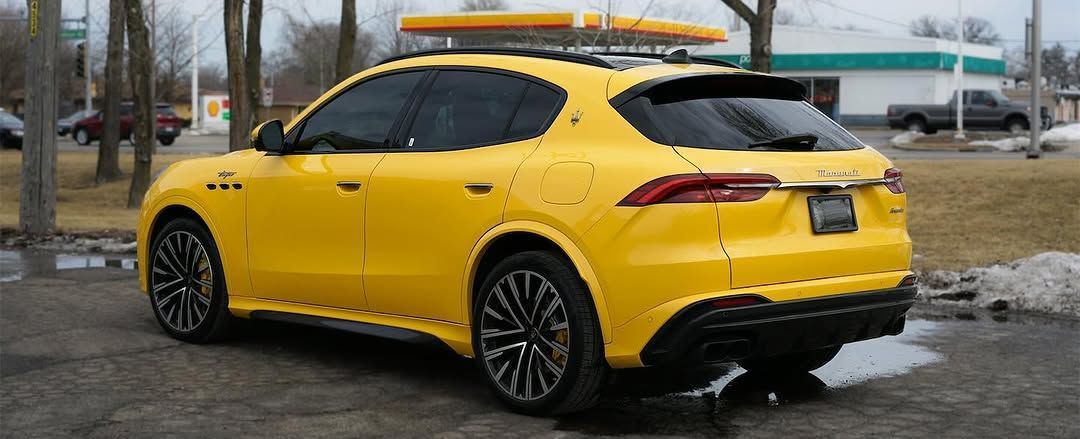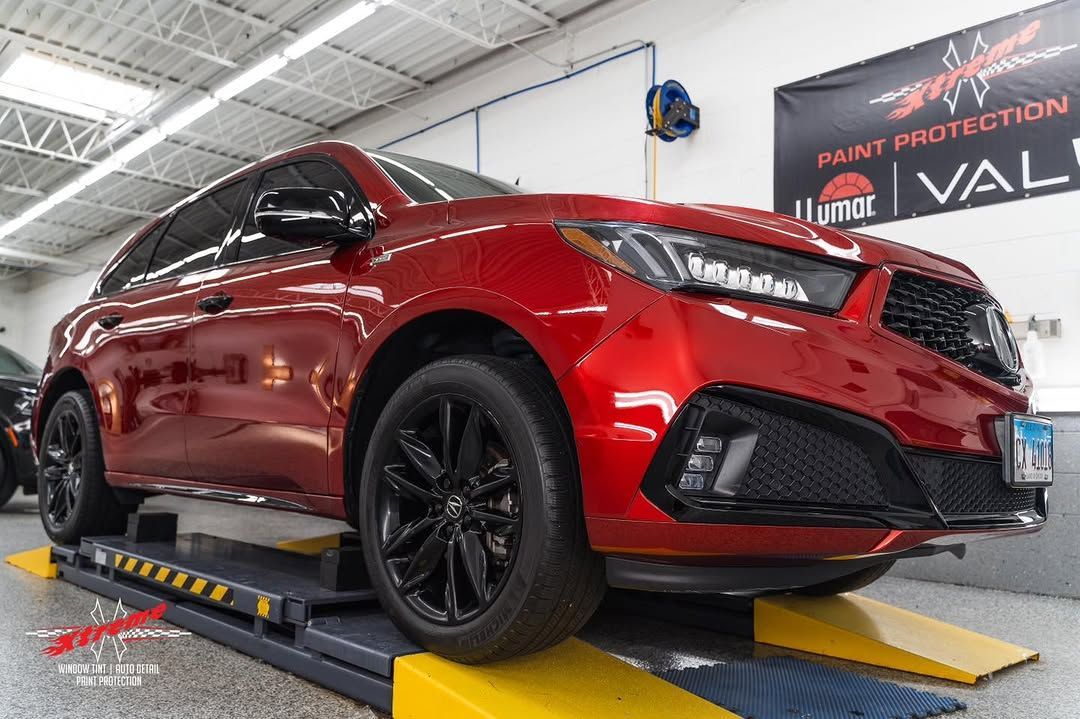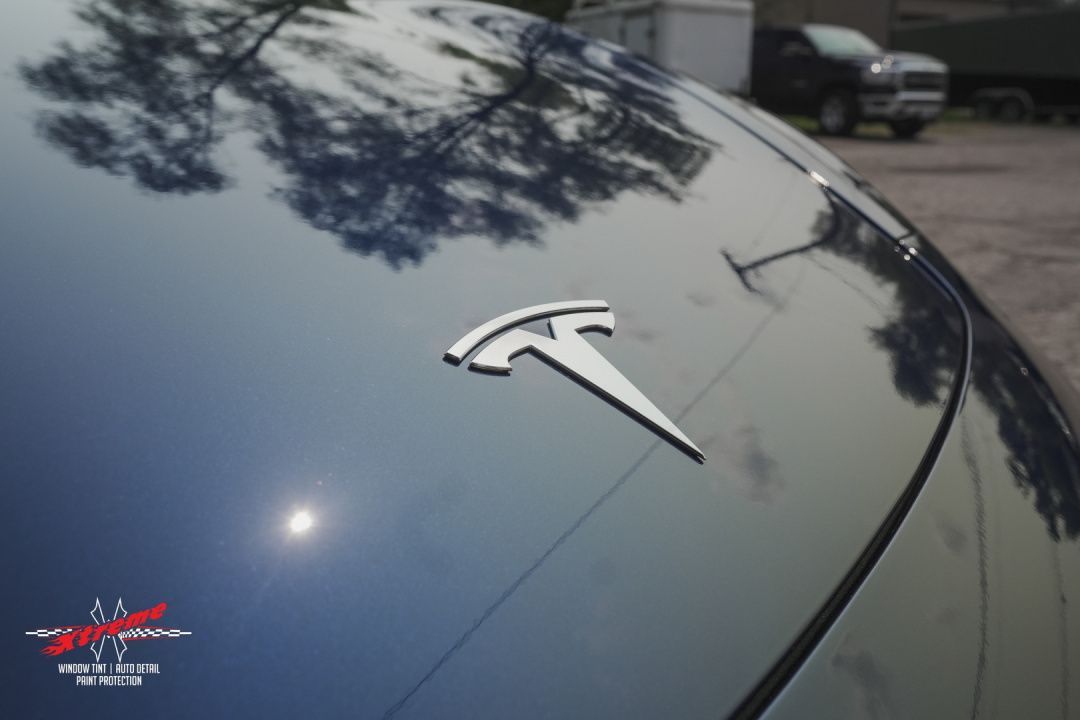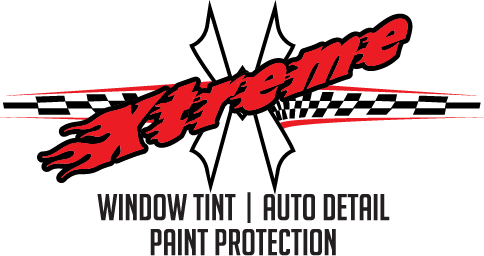How Dark Can You Go? Understanding Illinois Window Tint Laws
Every state has different laws when it comes to tinting your car's windows. Make sure you click here to check out the Illinois window tint laws.
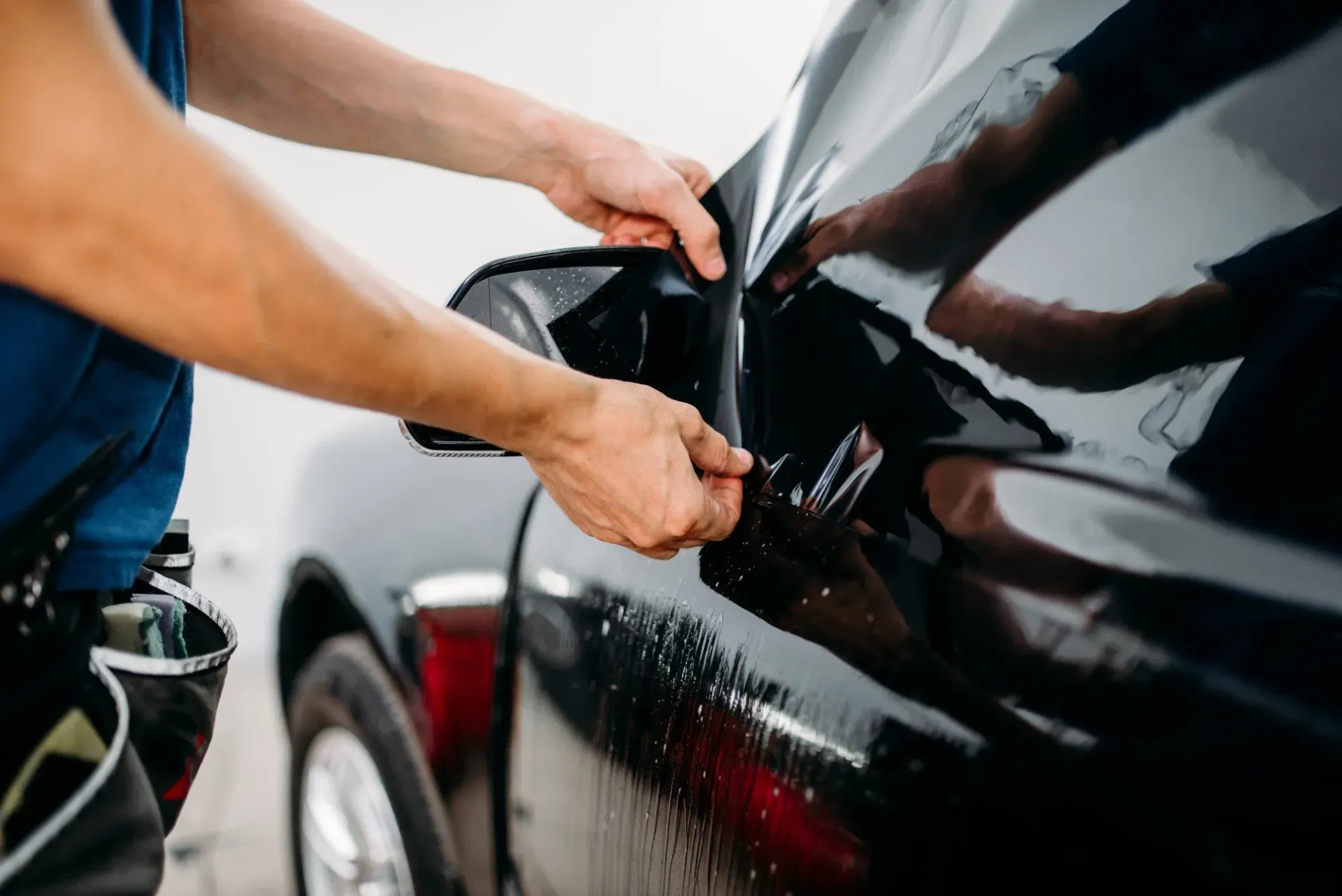
Many states consider window tint to be an obstruction that reduces a driver's view of the road.
Because of this, each state has its own laws regarding window tint. If you want to tint your car's windows, you need to understand the Illinois window tint laws first.
We've created this guide to walk you through the process.
So let's get started!
Understanding VLT
VLT, or Visible Light Transmittance, measures the amount of sunlight that makes it inside of your car. For example, if your tinted windows have a 50% VLT, that means 50% of the outside light can pass through your windows.
The lower the percentage, the less light can get into your car.
This might sound a bit backward, but think of it this way. If you have no tinting on your car windows, 100% of total light can shine through them. If you have 35% VLT, only 35% of total light can get in.
So don't make the mistake of buying window tinting that has a low VLT percentage. Otherwise, you'll end up getting pulled over.
Window Tinting Laws in Illinois
The window tinting laws in Illinois vary depending on what type of vehicle you drive. Here's a quick breakdown of the different regulations.
Passenger Vehicles
A passenger vehicle is often a personal car you own and drive yourself. Each window of that car needs a specific VLT percentage when you get them tinted.
- Windshield: you can only tint the top six inches
- Front side windows: 35% VLT
- Back side windows: 35% VLT
- Rear windows: 35% VLT
It's important to remember this is the darkest you can tint these windows. If you want your windows to be a bit lighter than 35% VLT, you can do that, too.
Multi-Purpose Vehicles
Multi-Purpose vehicles are bigger than passenger cars. This might include things like a bus, van, or SUV. Because of this, some of the tinting can't be as dark.
- Windshield: you can only tint the top six inches
- Front side windows: 50% VLT
- Back side windows: can have any darkness
- Rear windows: can have any darkness
While you can make some of the windows on multi-purpose vehicles as dark as you want, make sure you don't go over the limit on your front and front side windows.
If you aren't sure whether your car is classified as a passenger vehicle or a multi-purpose vehicle, take a look at your car's federal ID label. You can find this on the driver's side door frame.
Other Important Tinting Laws
While VLT percentages are important, there are a few other window tint laws you should be aware of if you live in Illinois.
Side Mirror Requirement
If you choose to tint the rear window of your vehicle, your car must have dual side mirrors. This will ensure you can properly see what's behind you while you're on the road.
Even if you don't have tinted rear windows, isn't important to have both side mirrors in place. Getting them replaced or repaired should be your first priority if your car doesn't have them.
Reflective Tinting Limits
Some types of window tint are made with metallic or mirroring materials. This allows it to reflect light away from your car, making the interior cooler and reducing glare.
Illinois doesn't allow reflective tinting—no matter what type of car you drive.
Medical Exceptions
There is one exception to these tinting laws.
Illinois (and several other states) allow you to have different window tint percentages if you have certain medical conditions, such as xeroderma, pigmentosa, or porphyria. If you have one of these conditions, you can get permission to have a darker window tint if you submit an application.
Once you get this permission, make sure you have the certificate on hand every time you get in the car. If someone else drives your car, make sure they have the certificate as well.
Do You Need a Sticker?
Some states require you to put a sticker on your car that shows the VLT of your window tinting.
Illinois, however, doesn't require this sticker.
What Happens If Your Car Windows Are Too Dark?
Just because you don't have to have a sticker on your car doesn't mean police officers won't pull you over if your tinting is too dark.
When this happens, you may have to pay a fee. This fee can be as low as $50 or as high as $500.
And that's just for a first offense. If you get pulled over for dark tinting again, you may have to pay even more money.
It's never worth driving with illegal tinting. If your window tinting is too dark, you should get it fixed right away.
How to Tint Your Car Windows
If you want to tint your windows, you should always take your car to a professional.
While you can find DIY kits, window tinting is a tricky job. If you mess up or don't have the right know-how, you can end up with bubbly, streaky windows that are hard to see through.
This means you'll have to spend more money repairing the damage later (since poor window tinting can be a safety hazard on the road).
Complying with Illinois Window Tint Laws
Illinois window tint laws are there for your own safety. If you go too dark, you may get a ticket that'll put you out several hundred dollars.
Want to make sure you comply with the law when you get your windows tinted?
We can help!
Make sure you click here to get a free estimate today!


